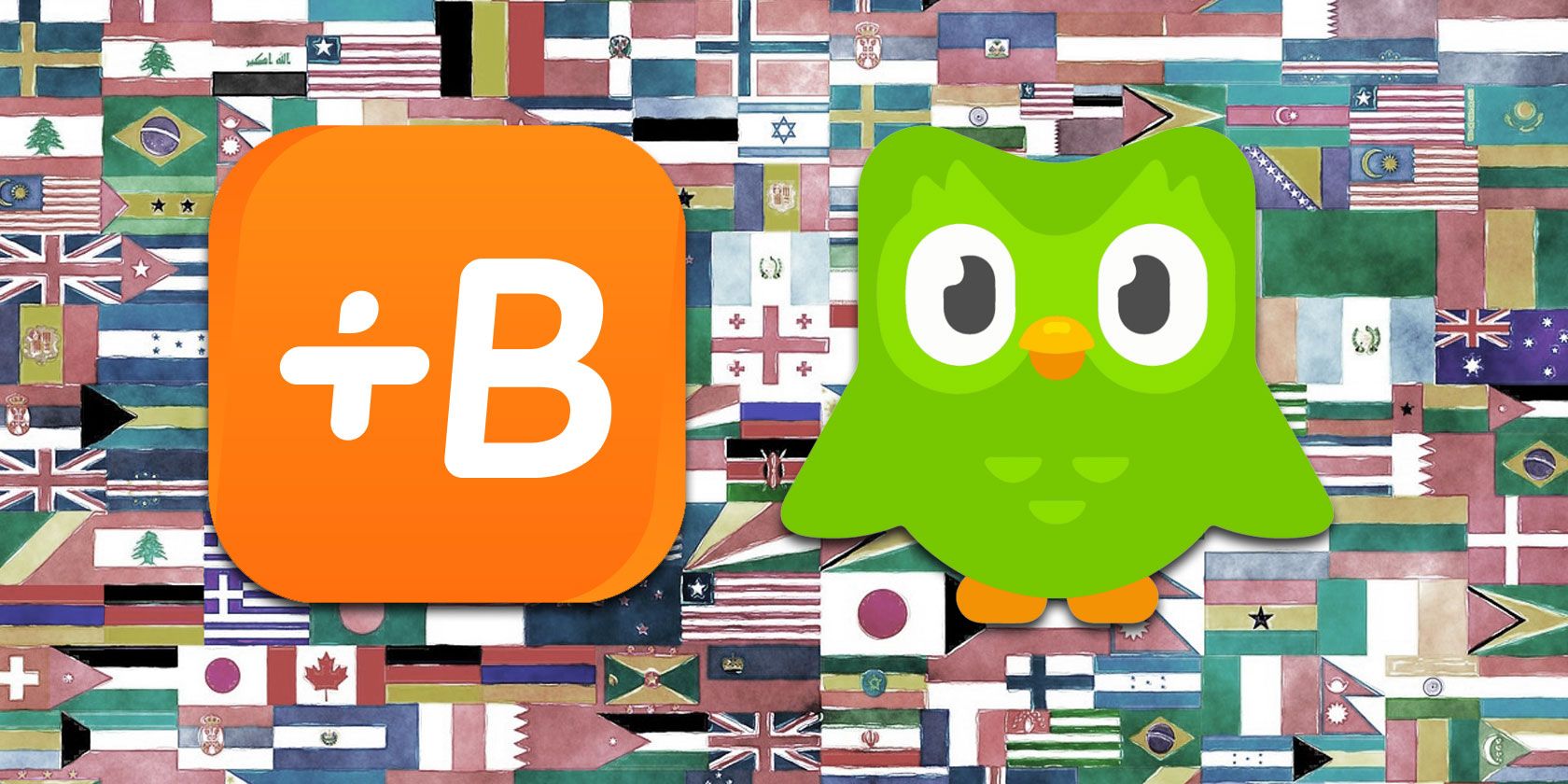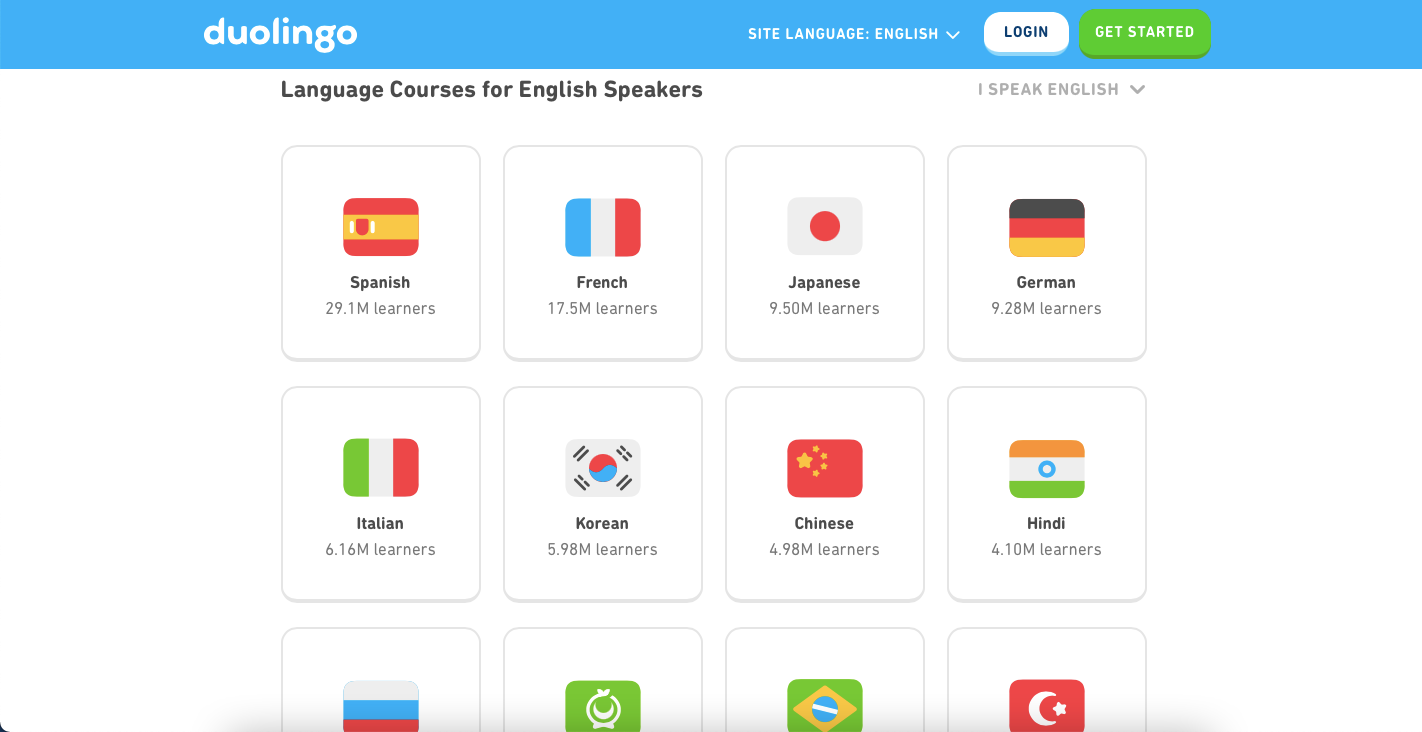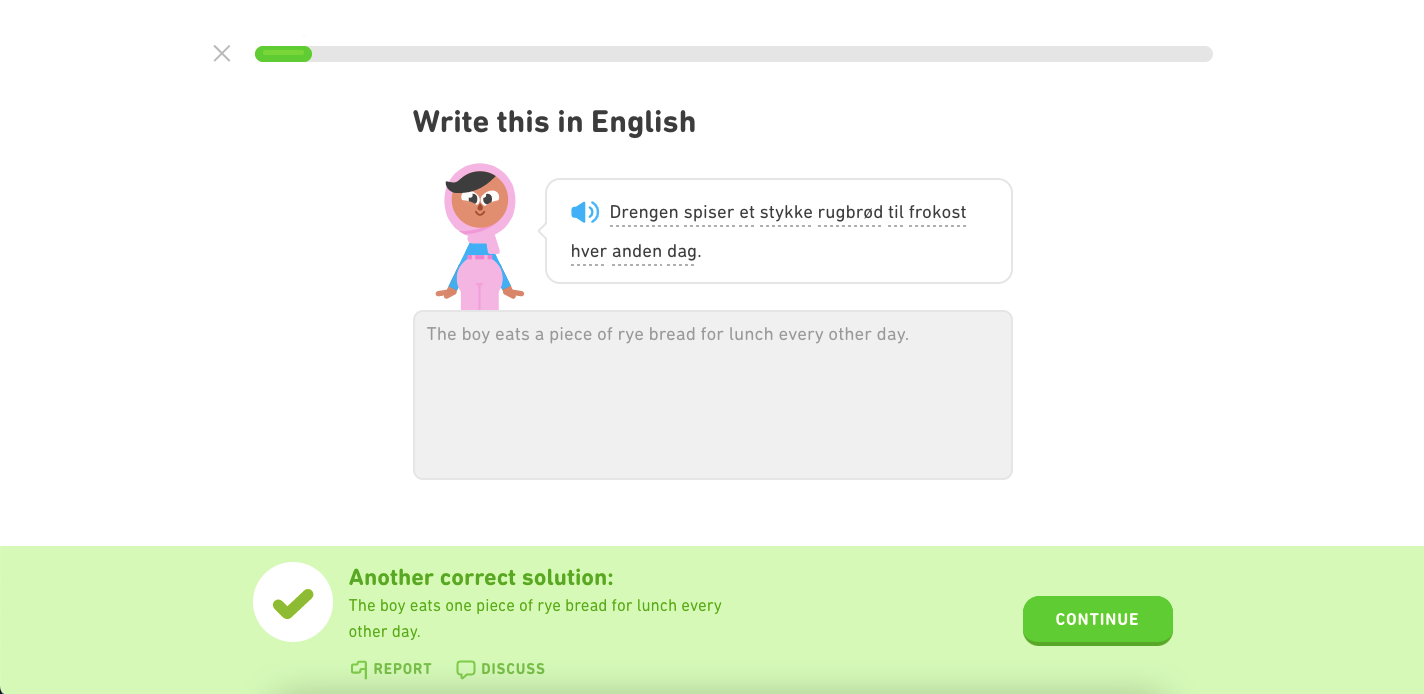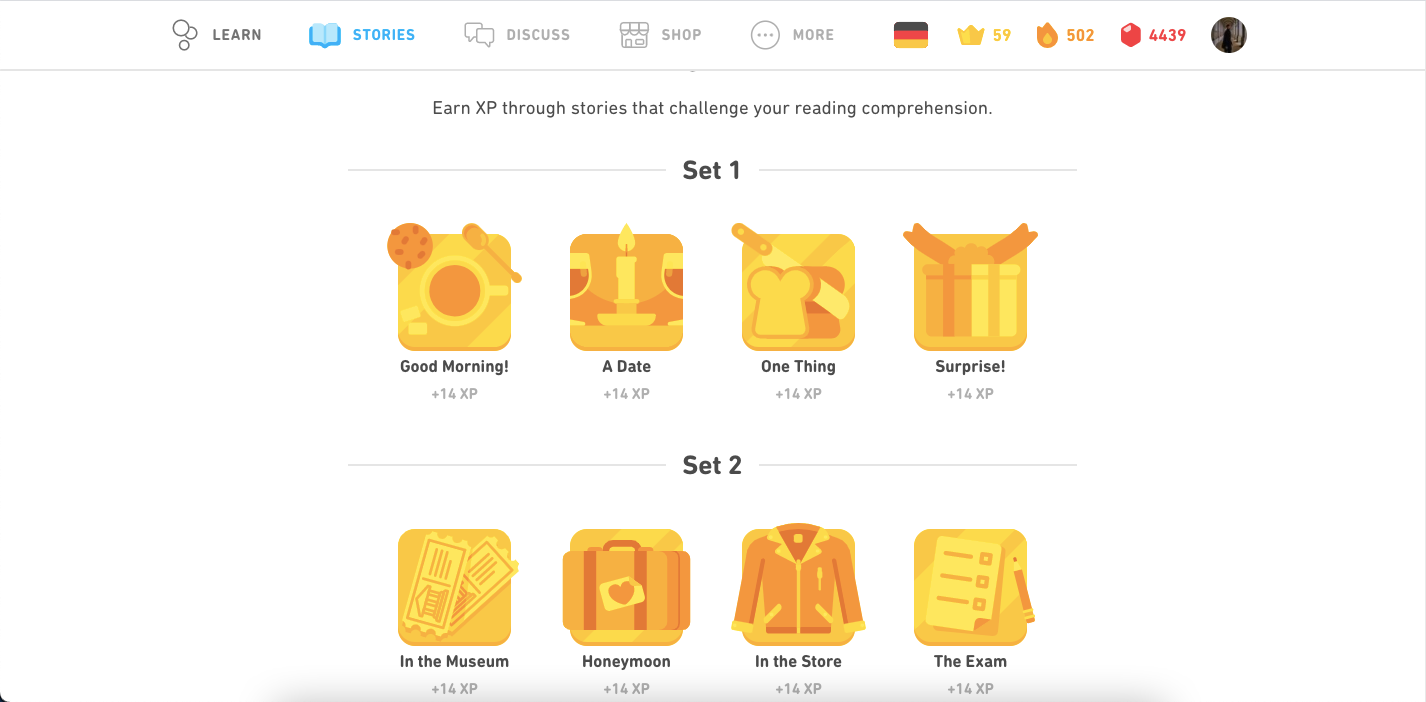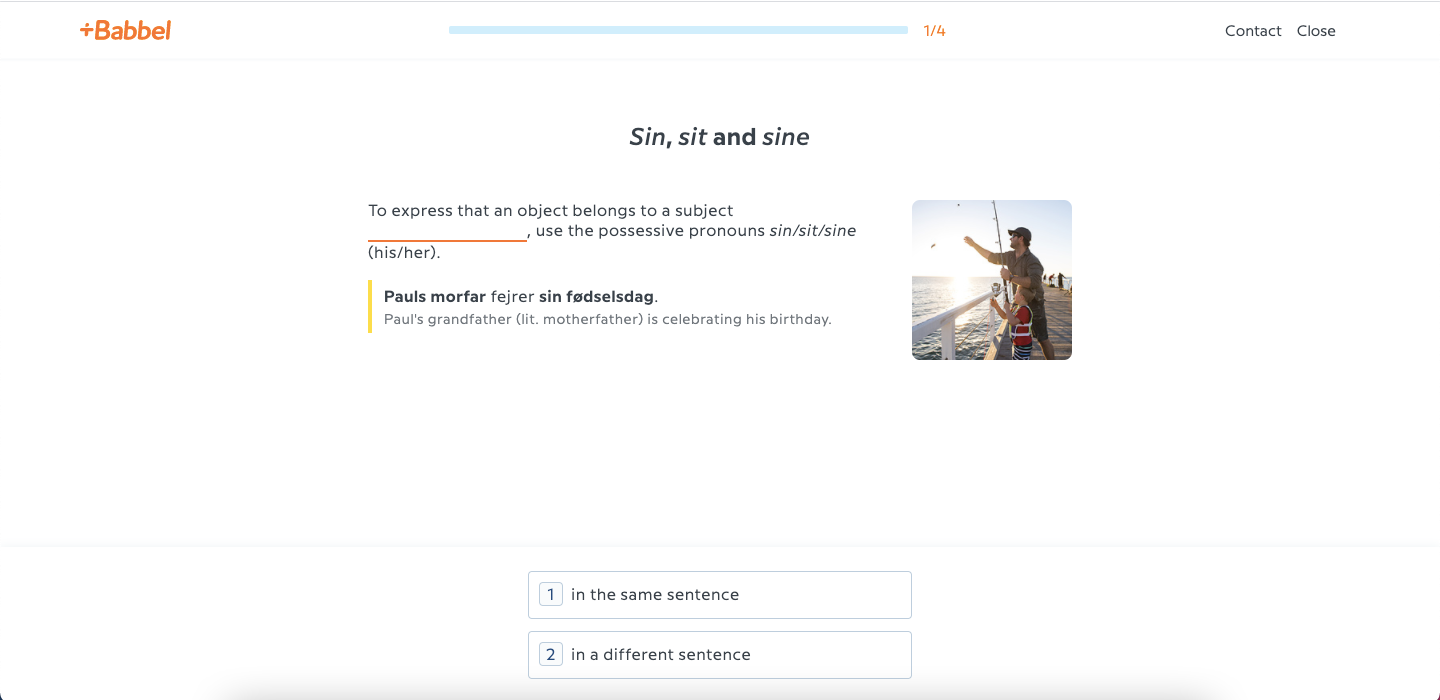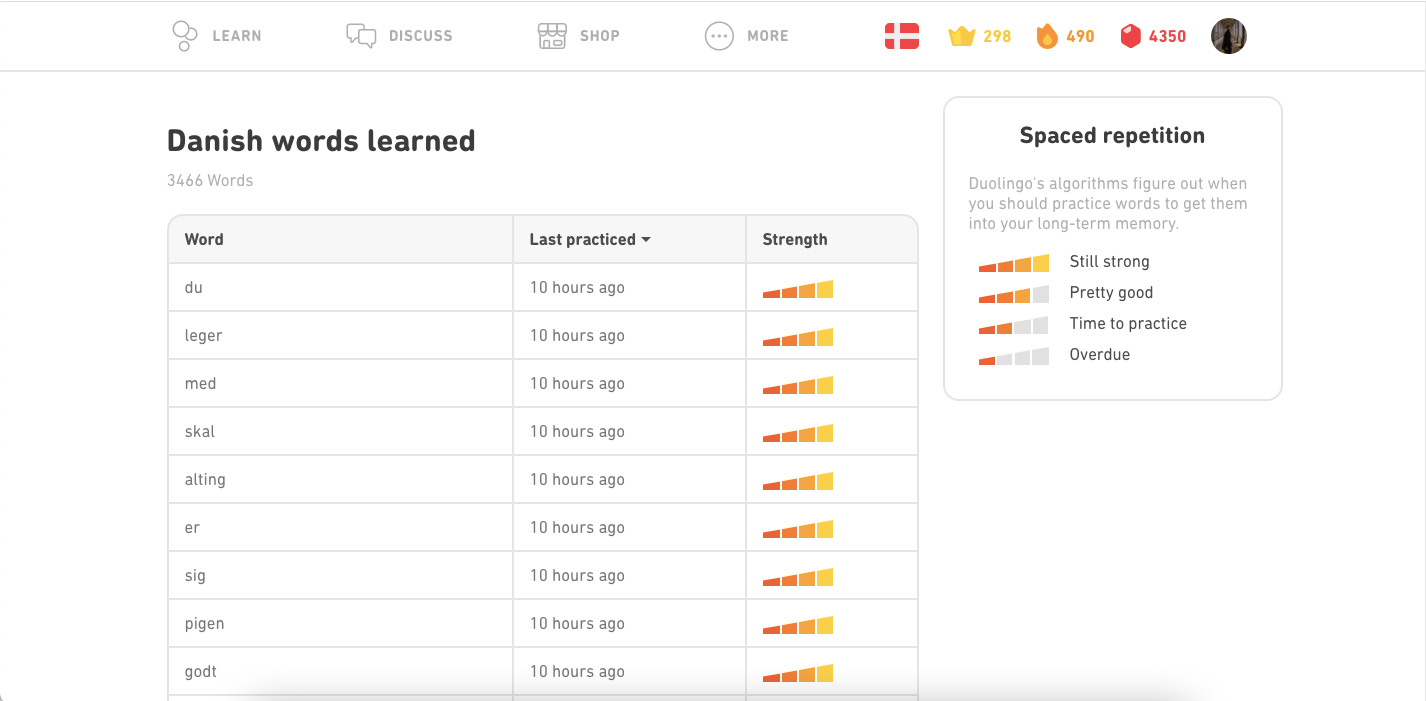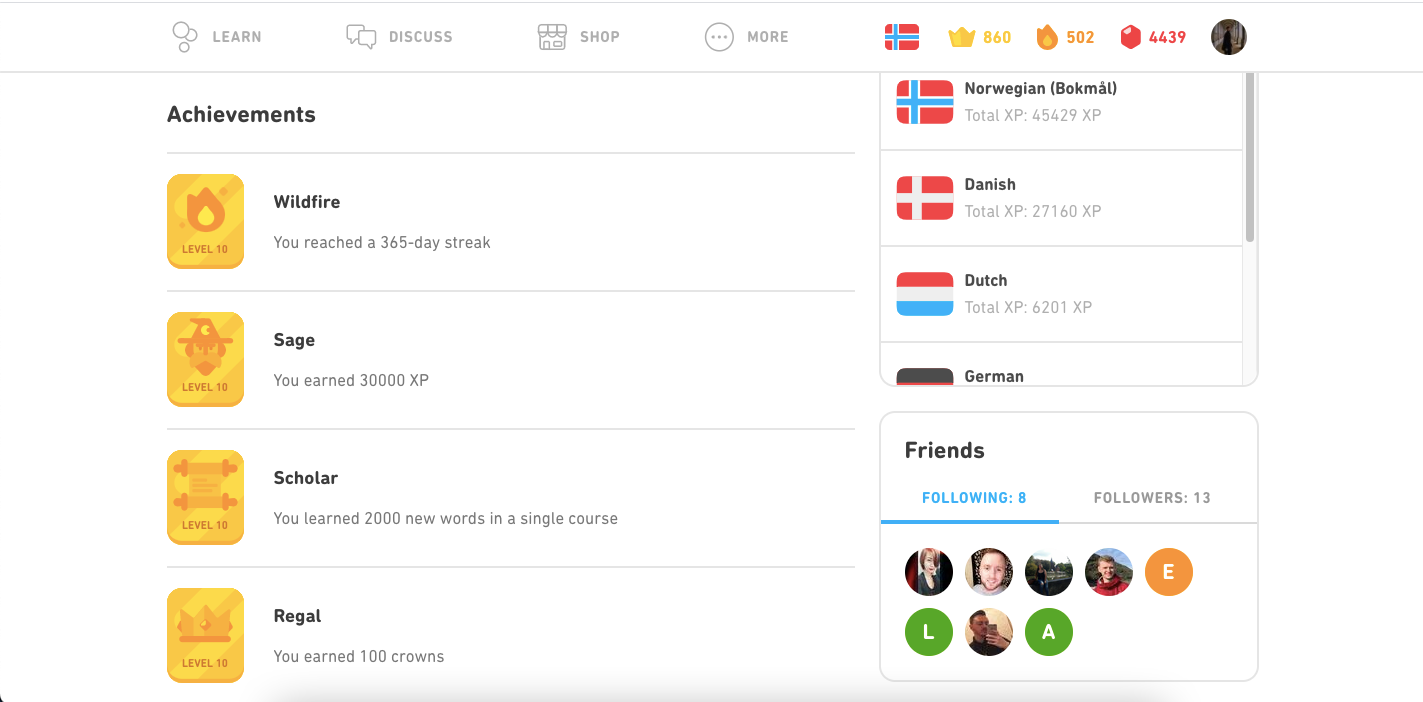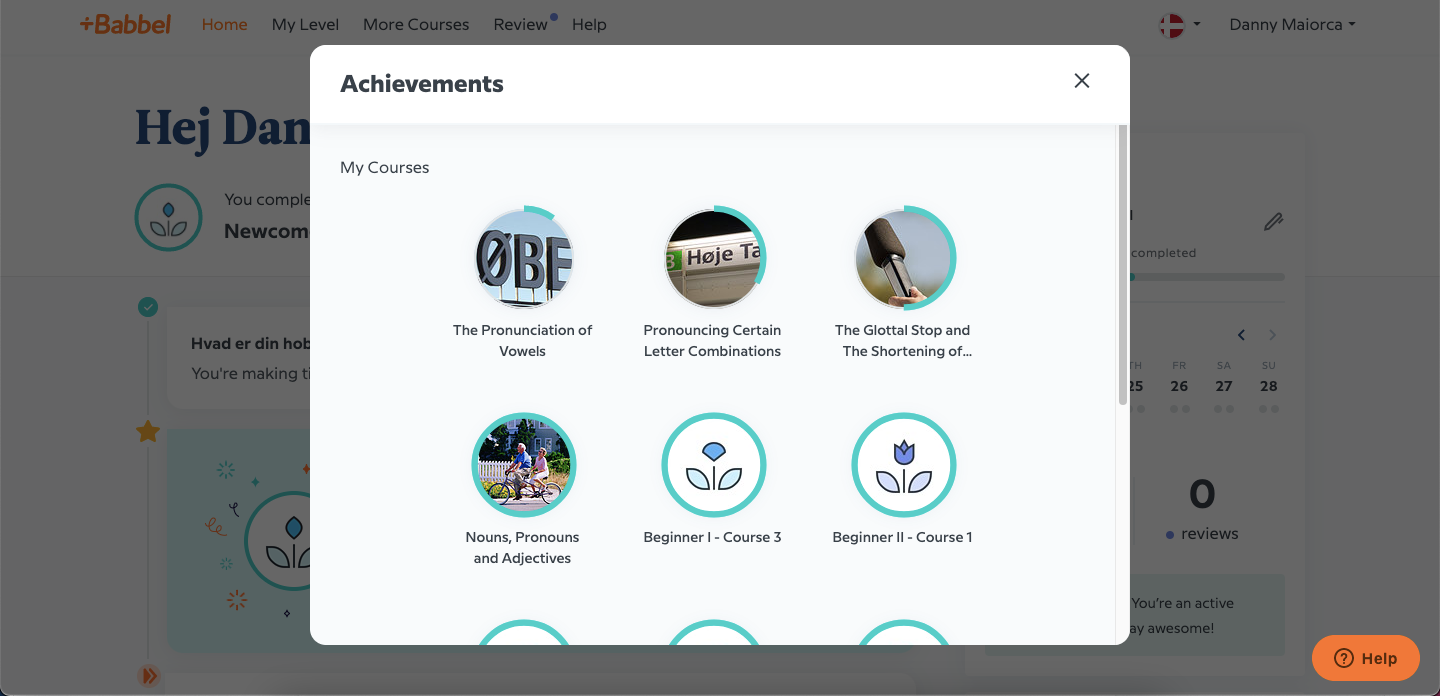Babbel and Duolingo are two of the most popular language-learning apps. Both offer a useful starting point for any new language. Naturally, many new language learners spend a lot of time comparing the two platforms before choosing one.
Although the goal for both Babbel and Duolingo is identical, how the two apps will get you there differs significantly. This article will provide a complete Babbel vs. Duolingo comparison to help you pick the best language learning app. You’ll learn about pricing, lesson structures, and more.
Pricing
The basic version of Duolingo is free for everyone. To get started, all you need to do is sign up for an account.
Duolingo’s free version allows you to make unlimited mistakes on the web app. If you use the mobile edition, you can make five free errors. After that, you’ll need to either buy new hearts with the coins you got or quit the lesson.
When using the free version of Duolingo, you will also see ads; some users may find these annoying after a while. However, you can buy a premium version of Duolingo, called Duolingo Plus. With the Plus version, you can make unlimited mistakes in each lesson on the mobile app.
Duolingo Plus users can also correct their mistakes, not see ads, and take progress tests. Plus costs $12.99 per month or $83.88 if you buy an annual subscription.
Babbel has some free features, but these are limited; you can only complete a few lessons. Babbel is a little more expensive than Duolingo if you pay monthly, costing $13.95. The annual Babbel subscription costs $83.40.
Languages Offered
With Babbel, you can learn 13 different languages as an English speaker: French, Italian, Spanish, German, Danish, Swedish, Norwegian, Turkish, Portuguese, Indonesian, Dutch, Russian, and Polish.
Duolingo, on the other hand, offers 38. Some languages you can learn with Duolingo but can’t with Babbel include Finnish, Ukrainian, Arabic, Korean, Hawaiian, and Vietnamese. You can also learn Latin, plus fictional languages like High Valyrian.
Duolingo and Babbel’s offerings also both cater to non-native English speakers.
Lesson Structures
Duolingo presents each course as a tree. You unlock branches as you complete each skill.
Duolingo courses focus on speaking, listening, and reading. You will see a sentence either in your target language or your native one and then have to translate.
Depending on the language you learn, you might also have extra lessons with stories. However, these are limited to the following.
- English speakers: German, French, Italian, Spanish, and Portuguese.
- Portuguese, Chinese, and Spanish speakers: English.
If you’re learning French as an English speaker, you can also take special audio lessons with Duolingo.
On Babbel, you'll usually begin by using flashcards or repeating words through your speaker. You would also need to fill in the missing gaps for a story at the end of most course lessons.
Babbel lessons also focus a lot more on grammar than Duolingo.
A Better Starting Point
Duolingo’s strongest selling point is the number of vocabulary beginners can pick up. For example, the Norwegian course has over 6,900 words. You'll generally need 10,000 words for fluency no matter what language you're learning.
Some Duolingo courses have fewer words than Norwegian. However, they still have enough vocabulary to get you to level A2 or B1 of the Common European Framework of Reference for Languages (CEFR).
For pure vocabulary, many users might not find Babbel as useful as Duolingo. For example, the Norwegian course on Babbel has fewer than 3,000 words. For courses like Spanish and French, you’ll learn more than 3,000.
Online Forums and Communities
In addition to the basic lessons, each Duolingo language course has its dedicated online forum. Duolingo learners also have access to general communities where they can mix with other learners.
With Duolingo online forums, you can also connect with the courses’ educators. In comparison, Babbel does not have any forums on its website.
Unique Features
Duolingo offers a lot of unique features to keep learners motivated. For example, you can compete against friends and other users with weekly league tables.
When you take part in public leagues, you also have the opportunity to move up to the next division if you earn enough XP.
Duolingo also has a list of achievements you can unlock. You’ll get rewards when completing streaks, learning a certain number of words in a single course, finishing top of your leaderboard, and more.
You can also improve your experience using the Duolingo store and buy streak freezes, extra lessons, and even new suits for the Duolingo owl.
In Babbel, you can also unlock achievements. However, these are only offered each time you complete a course.
Duolingo and Babbel both let you review your lessons, but Babbel’s review lessons are more comprehensive than Duolingo’s. You also have more options when picking the skill you want to work on with Babbel.
Who Might Be Best-Suited to Each App?
Babbel and Duolingo are tailored towards different kinds of language learners. If you’re looking to try a few different languages to see which interests you the most, Duolingo is a great option.
Duolingo is also useful if you’re looking to casually learn a language or want a little extra vocabulary for a trip you’re planning. When you complete a course, you’ll be able to do basics like ordering food and asking for directions.
If you’re looking to become fluent in a language eventually, you might prefer Babbel. With Babbel, you’ll learn a lot more about grammar rules and sentence structures.
Moreover, you will find a bigger number of real-life examples for when you would use words and phrases.
Babbel vs. Duolingo: Pick One or Both
Regardless of your choice, Babbel and Duolingo offer a great starting point for new language learners. You can learn at your own pace, but you will gain enough vocabulary to converse at a beginner level.
In some cases, you might want to choose both Babbel and Duolingo—rather than one or the other. For example, you could have success using Babbel for grammar and then Duolingo for remembering vocabulary. Try both, think about your individual goals, and see which one works best for you.

